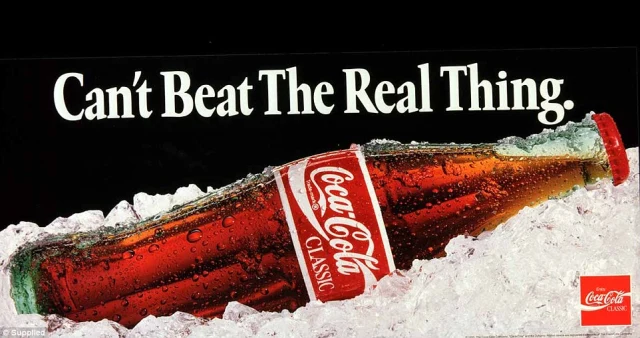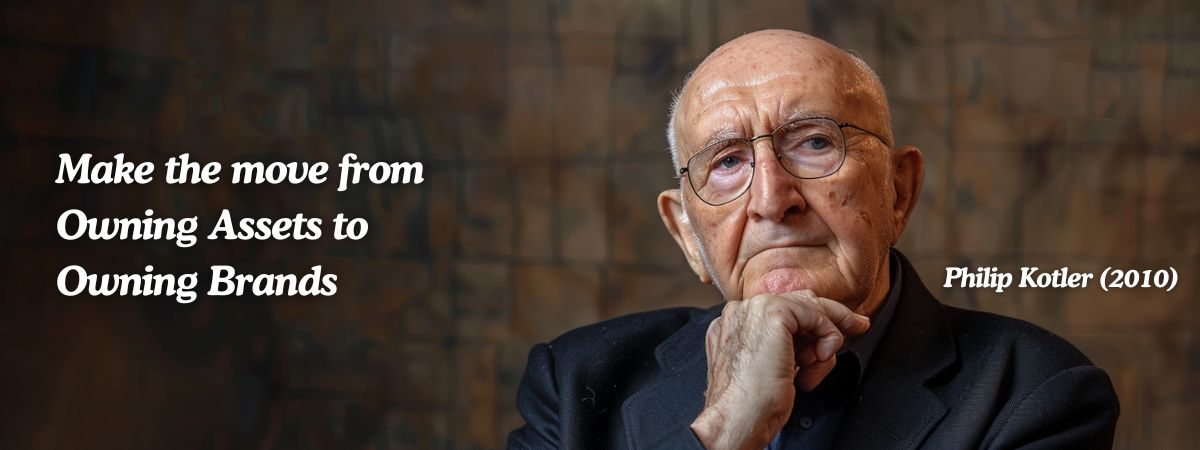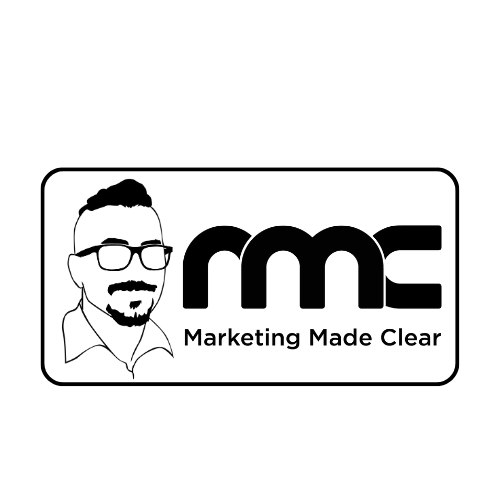An Introduction to Branding for Marketing
More Than Just a Logo
Ask the average person to define a brand, and you might hear something along the lines of “a logo” or “a company’s name.” And while they’re not wrong, it’s a bit like saying a book is just its front cover. Branding goes deeper—much deeper.
Branding is the soul of a business. It’s what people feel when they encounter your organisation. It’s the tone of voice in your emails, the colour of your packaging, the way your team answers the phone.
It’s the difference between “meh” and “must-have.”
In this deep dive, we’ll unpack the rich history, theoretical frameworks, and real-world practices of branding, and explore why it remains one of the most powerful tools in a marketer’s toolkit.
The Marketing Made Clear Podcast
Check out the Marketing Made Clear Podcast on all good streaming platforms including Spotify:
A Brief History of Branding: From Firebrands to Facebook
The word “brand” originates from the Old Norse word brandr, meaning “to burn.” As early as 2,000 BC, farmers were branding livestock with hot irons to signify ownership.
You could say cows were the original consumer goods.
Fast-forward (gently) to the 19th century, and the Industrial Revolution kicked off a new era. Mass production meant products were no longer sold face-to-face. Companies had to create trust from afar – enter brand names. Think Pears Soap, established in 1807, and Bass Brewery, whose red triangle became the UK’s first registered trademark in 1876.
But it wasn’t until the 20th century that branding began to evolve into a discipline of emotional connection. Coca-Cola didn’t just sell a drink; it sold happiness in a bottle.
Brands moved from identifiers to ideologies.

Academic Foundations: What the Textbooks Say
While branding may feel intuitive, it’s underpinned by decades of academic thought. Here are a few key thinkers who’ve shaped our understanding:
-
Philip Kotler, often dubbed the father of modern marketing, positioned branding as a promise to the consumer. For Kotler, a brand encapsulates the value proposition of a product or service.
-
David Aaker introduced the idea of brand equity – the tangible and intangible value a brand adds to a product. Strong brand equity leads to loyalty, price premiums, and resilience in the face of competition.
-
Kevin Lane Keller developed the Customer-Based Brand Equity (CBBE) model, better known as the Brand Pyramid. His work highlights the need for brands to build awareness, create meaningful associations, and forge deep relationships with consumers.

What Is a Brand, Really?
Let’s bust a myth: a brand is not just a name or a logo. According to the American Marketing Association, a brand is:
“A name, term, design, symbol, or any other feature that identifies one seller’s good or service as distinct from those of other sellers.”
But in practice, branding is far more psychological. It’s a perception. Your brand lives in the minds of your audience—shaped by experiences, storytelling, and consistent messaging.
In Jeff Bezos’ words:
“Your brand is what people say about you when you’re not in the room.”
Components of a Brand
Think of a brand as an ecosystem. Here are the main components:
-
Brand Identity – Visual and verbal elements: name, logo, colours, typography, tone of voice.
-
Brand Positioning – Where the brand sits in the market and the minds of consumers.
-
Brand Personality – The human traits associated with the brand (e.g., friendly, rebellious, luxurious).
-
Brand Values – The principles and beliefs that guide a brand’s behaviour.
-
Brand Experience – Every interaction someone has with your brand, online and offline.
-
Brand Equity – The value that brand recognition and reputation add to your product or service.

Branding in Practice: It’s Not Just for Big Business
Branding isn’t just the domain of Apple or Nike (although we will tip our hats to them). Even the local café or dog walker can build a brand—and often, it’s those smaller businesses with more agility who create something truly authentic.
Examples that Stretch the Brand Muscle:
-
Innocent Drinks: Masters of brand tone of voice, they took smoothies and made them quirky, funny, and charming.
-
BrewDog: Disruptive branding from day one. From crowdfunding their fans to bold, unapologetic marketing campaigns.
-
Tony’s Chocolonely: Dutch chocolate brand taking a stand against slavery in cocoa production. The branding is loud, unorthodox, and deeply values-led.
What they have in common: a strong sense of identity, consistency across touchpoints, and a clear purpose.
The Role of Brand Strategy
A brand without a strategy is just a pretty logo floating in a sea of mediocrity. A brand strategy provides structure to how your brand communicates, behaves, and grows. It typically includes:
-
A brand audit (what do people currently think?)
-
Market positioning
-
Competitive analysis
-
Messaging framework
-
Visual identity guidelines
-
Internal brand engagement (because your people are your brand)
This becomes your compass. It keeps you on track, especially when a trend tries to tempt you off course.
Branding in the Digital Age
Social media, e-commerce, and user-generated content have flipped the branding script. Brands no longer control the narrative. People do. This requires authenticity, consistency, and the ability to act fast when things go wrong.
A few digital-era truths:
-
Your brand is on review sites whether you like it or not.
-
TikTok trends can make or break your image overnight.
-
Purpose matters: 64% of consumers say they prefer brands that take a stand on social issues (Edelman Trust Barometer).
The strongest brands today invite conversation, foster communities, and stand for something.
The Future of Branding: Purpose, Participation, Personalisation
Branding is moving from broadcasting to belonging. The future is about:
-
Purpose: Consumers want to know why you exist beyond profit.
-
Participation: Involving your audience in shaping the brand story.
-
Personalisation: Tailoring experiences, content, and communication at scale.
But here’s the catch: none of this matters if your product or service doesn’t live up to the brand promise. Marketing can’t fix a bad product. As Kotler might say, the value proposition must deliver real value.
Final Thought
Branding is not fluff. It’s not “just marketing.” It’s a strategic, emotional, and psychological framework that gives meaning to your product or service—and builds relationships that last.
It might start with a logo, but it ends with loyalty.
If you’re serious about marketing, get serious about branding. Because when the product is equal, the brand is what makes the difference.


